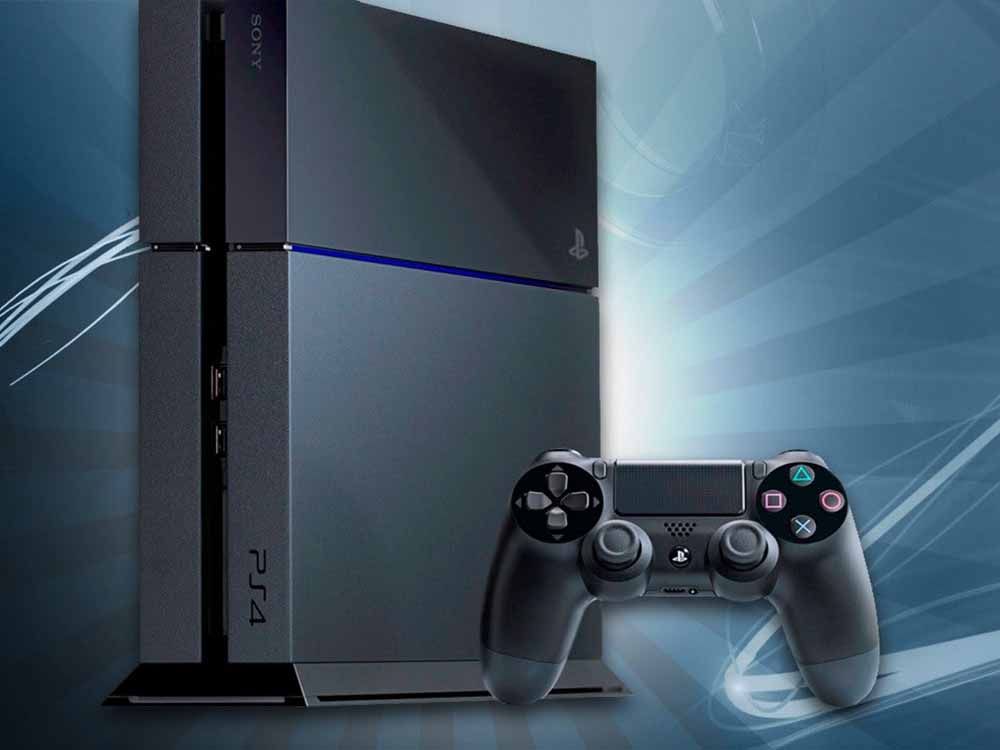PlayStation 4 (2013) – The Gaming Revolution Unleashed
The year 2013 witnessed a seismic shift in the world of gaming with the arrival of the PlayStation 4. This comprehensive overview explores the background of the PS4, its groundbreaking features, the impact it had on the gaming industry, and its enduring legacy in the realm of console gaming.
The PlayStation 4 Unveiled – A New Era of Gaming
Sony officially unveiled the PlayStation 4 on February 20, 2013, during a highly anticipated event in New York City. The console’s announcement sent shockwaves through the gaming community, as it promised a new era of gaming experiences.
The PS4’s hardware was a significant leap forward, featuring:
- X86-64 Architecture: The PS4 was powered by a custom 8-core x86-64 AMD Jaguar CPU, offering enhanced processing power and efficiency.
- 8GB GDDR5 RAM: The inclusion of 8GB of high-speed GDDR5 RAM ensured that the PS4 could handle the demands of modern gaming.
- Unified Memory: The PS4 featured unified memory architecture, allowing both the CPU and GPU to access the same pool of memory simultaneously.
- Enhanced Graphics: With an AMD Radeon GPU, the PS4 delivered impressive graphics performance, supporting high-quality visuals and seamless gameplay.
- DualShock 4 Controller: The new DualShock 4 controller introduced a touchpad, a light bar, and enhanced analog sticks, providing improved precision and immersion.
The Impact on Gaming
The PlayStation 4’s release had a profound impact on the gaming industry:
- Social Gaming: The PS4 integrated social gaming elements, making it easier for players to share their experiences, stream gameplay, and connect with friends.
- Independent Development: Sony actively courted indie developers, resulting in a thriving indie game scene on the platform.
- Remote Play: The PS4 introduced Remote Play, enabling players to stream games to a PlayStation Vita or a compatible smartphone or tablet.
- Exclusive Titles: The PS4 boasted an impressive library of exclusive titles, including “The Last of Us,” “Bloodborne,” and “Uncharted 4.”
- PlayStation Network: Sony expanded and improved the PlayStation Network, offering online multiplayer, digital purchases, and free monthly games through PlayStation Plus.
The PlayStation 4’s Legacy and Ongoing Influence
The PlayStation 4’s legacy is undeniable. Its contributions to the gaming world extend beyond its impressive hardware and game library:
- Backward Compatibility: The PS4’s influence can be seen in subsequent consoles, such as the PlayStation 5, which incorporates backward compatibility to enable gamers to enjoy a wide range of titles.
- Gaming Ecosystem: Sony established a robust gaming ecosystem that includes not only consoles but also services like PlayStation Now and cross-play capabilities.
- Streaming and Sharing: The PS4’s emphasis on streaming and sharing gameplay content laid the foundation for the rise of game streaming platforms like Twitch and YouTube Gaming.
- VR Innovation: Sony’s introduction of PlayStation VR for the PS4 paved the way for mainstream virtual reality gaming, increasing accessibility to immersive experiences.
- Competitive Edge: The success of the PS4 gave Sony a competitive edge in the console market, allowing the company to maintain its position as a major player in the gaming industry.
Conclusion – PlayStation 4: A Game-Changer in Console Gaming
The PlayStation 4 of 2013 marked a turning point in console gaming, bringing cutting-edge hardware, innovative features, and an outstanding game library to the forefront. Its impact on the industry has been profound, and its enduring legacy continues to shape the gaming landscape. The PS4’s influence can be seen in the ongoing development of consoles, gaming services, and the way we experience and share our gaming adventures. It stands as a testament to the power of innovation in the world of gaming.











